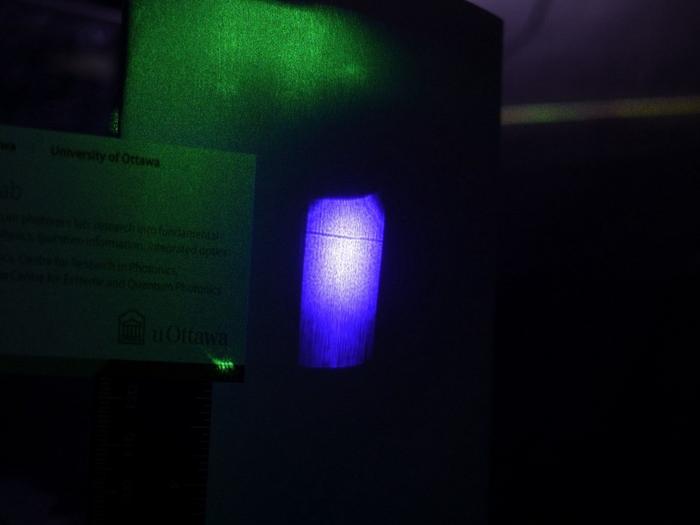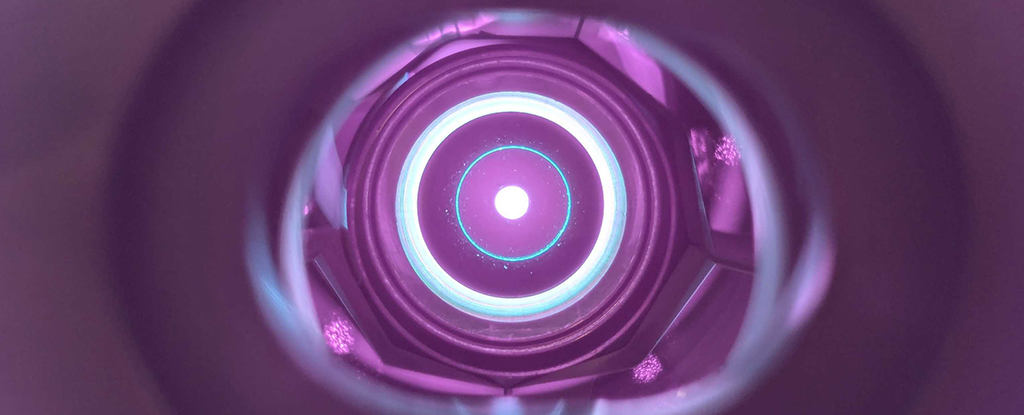
A new device recently demoed by researchers was able to scan tiny individual characters of text from a distance of 1.36 kilometers.

In a discovery that challenges basic physics principles, researchers have shown that under specific conditions, a laser beam can block light and cast a visible shadow.

Any advance in laser tech has huge potential across a whole range of fields and we just got a big one: ultra-short laser pulses of up to 100 megawatts, the most powerful of their type ever produced from a human-made system.

In a historic first, US researchers in collaboration with partners around the world, have been able to control the direction of a laser's output beam by applying external voltage.

Three scientists from the United States, France and Canada are awarded the Nobel Prize in physics for the development of short, intense laser pulses and for optical tweezers that can grab tiny particles.

For the first time, physicists at CERN have observed a benchmark atomic energy transition in anithydrogen, a major step toward cooling and manipulating the basic form of antimatter.

Using a revolutionary laser technology known as LiDAR, researchers discovered an ancient Mayan megacity hidden in a Guatemalan jungle.

Scientists have shortened X-ray pulses so dramatically that they can watch electrons move at a glacial pace.

A team of Chinese scientists announced that they have developed a new bright VUV FEL light source. Vacuum Ultra Violet (VUV) light sources are especially useful for sensitive detection of atoms, molecules and clusters.

A team of University of California, San Diego researchers has built the smallest room-temperature nanolaser to date, as well as an even more startling device: a highly efficient, "thresholdless" laser that funnels all its photons into lasing, without any waste.